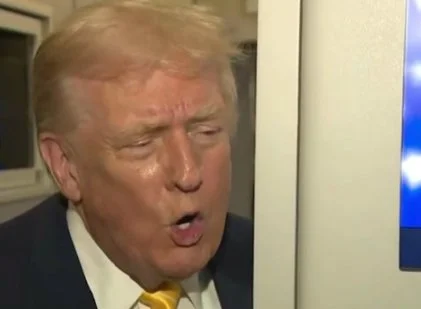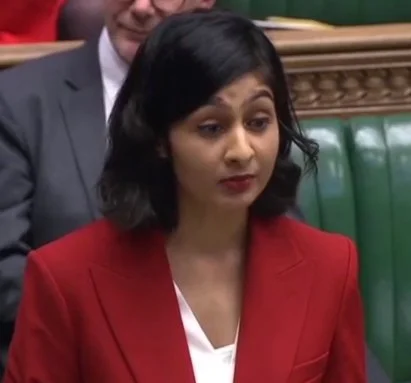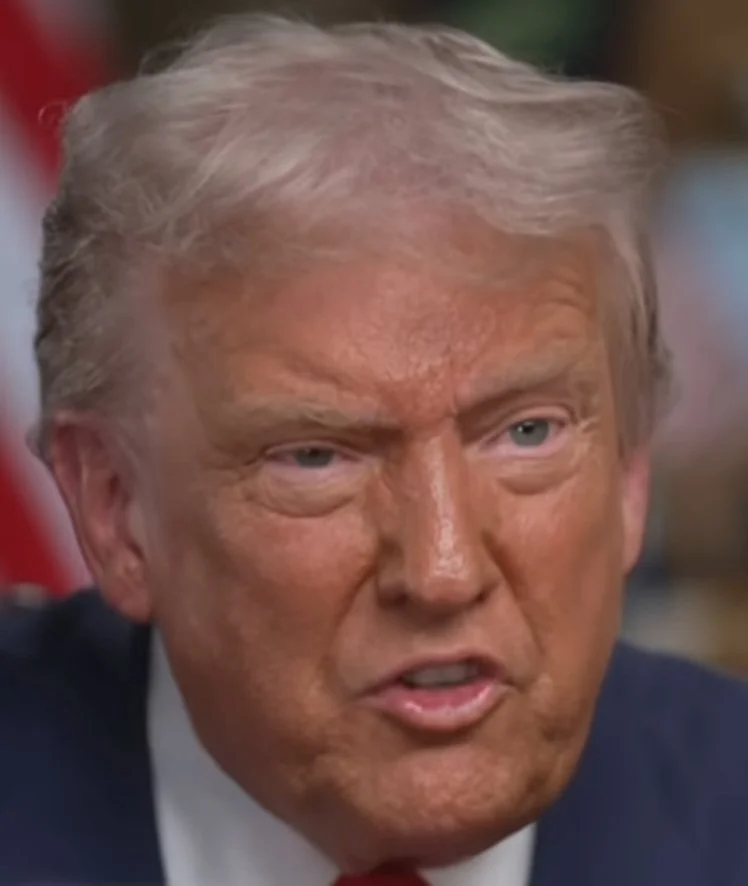Most-Favored-Nation Pricing: Politics Over Patients
On October 10, 2025, the White House announced what it called the second “deal” to bring Most-Favored-Nation (MFN) drug pricing to American patients. According to the official fact sheet, AstraZeneca will provide every state Medicaid program access to MFN drug prices, with promises of “hundreds of millions of dollars in savings,” “deep discounts” for patients, and even a requirement for the company to repatriate foreign revenue.
The press release paints a picture of a president single-handedly reining in greedy pharmaceutical companies, ending global freeloading, and delivering historic victories for American patients. It includes some of the most absurd claims in recent memory: discounts of 654 percent on an inhaler, fifty billion dollars in U.S. manufacturing investment by 2030, and 3,600 new highly skilled jobs from a single Virginia facility.
Let that sink in. A 654 percent discount. By any math, that would mean the manufacturer is paying patients to take their medicine. None of this is possible, none of it is credible, yet the fact sheet presents it as if it were a matter of public record. This is not a press release about policy. It is a press release about emotion. It is designed to trigger moral outrage, pride, and a sense of justice before anyone bothers to check the math or the economics.
The Allure of MFN
MFN pricing sounds simple and fair. Tie U.S. drug prices to the lowest prices paid by other wealthy countries. Stop Americans from overpaying for the same pills that cost a fraction abroad. The fact sheet repeats this mantra, citing outrageously inflated statistics like the claim that Americans pay three times what OECD nations pay, and that U.S. taxpayers fund seventy-five percent of global pharmaceutical profits. These numbers are cherry-picked, misinterpreted, or simply wrong, but they hit the fairness button in every reader’s brain.
The appeal of MFN is deeply psychological. Humans are wired to respond to fairness cues. MFN messaging exploits this instinct by framing the policy as a moral victory against corporate greed and foreign freeloaders. The extreme percentages included in speeches and press releases, impossible though they are, serve the same purpose. They make readers feel they are witnessing a bold, historic reform, even if the actual mechanics cannot deliver.
The Market Reality
What the fact sheet does not acknowledge, and what any serious policy analyst would point out, is the predictable market response. If U.S. prices are tied to the cheapest foreign market, pharmaceutical companies will prevent those low prices from existing. They can delay or withdraw drugs in smaller or low-price countries. They can negotiate higher prices abroad to offset a U.S. reference price.
This is exactly what has happened in Europe under international reference pricing. When Romania pegged drug prices to the lowest in the European Union, dozens of cancer and rare-disease medicines were withdrawn or delayed, simply for profit. Patients who could have benefited from new treatments were left without access because manufacturers sought to protect revenue elsewhere.
The United States is particularly vulnerable because its healthcare system is fragmented. Millions of Americans obtain drugs through private insurance, which negotiates its own prices. Others rely on Medicare or Medicaid, which have complex reimbursement formulas and complex rebates. Tying federal payments to foreign price lists will barely touch what most Americans pay. Any savings projected in White House press materials are aspirational at best.
The Absurdity of the Fact Sheet
The October 10 fact sheet is full of claims that strain credulity. Discounts of 654 percent, 98 percent, and 96 percent on inhalers are mathematically ridiculous. Statements that foreign countries are “freeloading” while Americans subsidize pharmaceutical profits are rhetorically powerful, but economically misleading. The U.S. does pay more for drugs than many other countries, but it does not fund three-quarters of global profits. These figures are designed to provoke outrage and moral pride, not provide factual analysis.
Even the MFN “guarantees” in the fact sheet are misleading. There is no legal mechanism by which the president can compel a multinational company to offer all new medicines at MFN prices. Repatriating foreign revenue is not enforceable by executive order. The White House presents goals as binding commitments, turning a press release into political theater.
Psychology Over Policy
The White House MFN narrative is a textbook case of policy by psychology. The fact sheet activates moral outrage, pride, and a sense of fairness before the reader has time to consider feasibility or economic incentives. Claims of impossible discounts, massive investments, and sweeping guarantees are not meant to be checked. They are meant to make the public feel a policy victory is underway.
Good slogans and outrage-inducing claims create emotional buy-in, masking the predictable consequences: companies will game the system, patients abroad may lose access, and Americans will see modest savings at best. The policy looks bold, but behaves like a trap.
Global Consequences
MFN pricing is not just a domestic issue. If the United States anchors its prices to the lowest international rates, manufacturers have every incentive to adjust global behavior. Drugs may be delayed or withheld in smaller markets to protect revenue. Global prices may rise as companies protect profits. Other nations and their patients bear the cost, while Americans gain little. This is exactly what European countries observed when they implemented external reference pricing.
The fact sheet frames MFN as a victory over “freeloading” nations, but the real effect is more likely to be delayed access abroad and only modest savings at home. The United States is not negotiating in a vacuum. Pharmaceutical companies are sophisticated actors who anticipate policy changes and adjust strategies to protect profits. MFN creates the wrong incentives while promising the public the wrong story.
What Real Reform Looks Like
If Americans want lower drug prices, the solution is not press releases, impossible percentages, or heroic-sounding deals. It is systemic reform. That means transparency in pricing and rebates, restructuring patent law to prevent extended monopolies, giving federal programs the authority to negotiate effectively, and addressing intermediaries like pharmacy benefit managers that drive up costs.
The MFN deals announced in September and October 2025 are designed for optics, not outcomes. They appeal to fairness, patriotism, and moral outrage, but they do not address the structural issues that make U.S. drug prices the highest in the world. Policy that relies on emotional cues instead of economic mechanisms is doomed to underdeliver.
Simply Put
Most-Favored-Nation pricing sounds bold and patriotic, but the October 10 fact sheet makes clear that this is politics masquerading as policy. Impossible discounts, sweeping guarantees, and claims of heroic savings are designed to trigger outrage and pride, not to actually lower costs.
The reality is that MFN creates incentives for pharmaceutical companies to delay launches, withdraw drugs from smaller markets, and manipulate prices globally. Americans might see only modest savings, while patients abroad lose access.
Real reform will not come from press releases or emotional slogans. It requires transparency, stronger negotiation authority, patent reform, and accountability for intermediaries that inflate costs. MFN, as presented, is a spectacle that looks like a win but functions like a trap. Americans deserve more than theater—they deserve policy that delivers medicine at prices they can actually afford.





